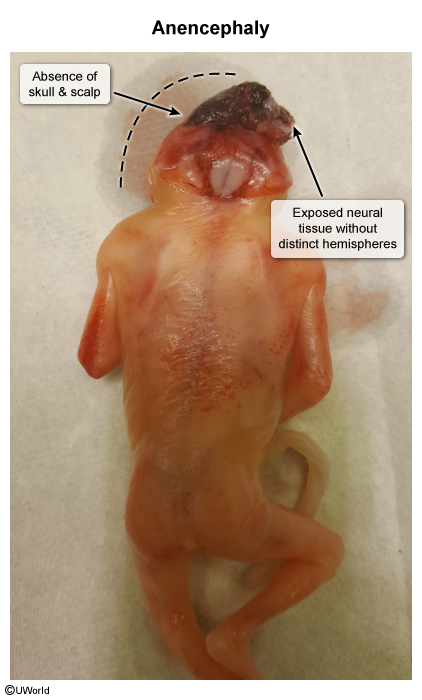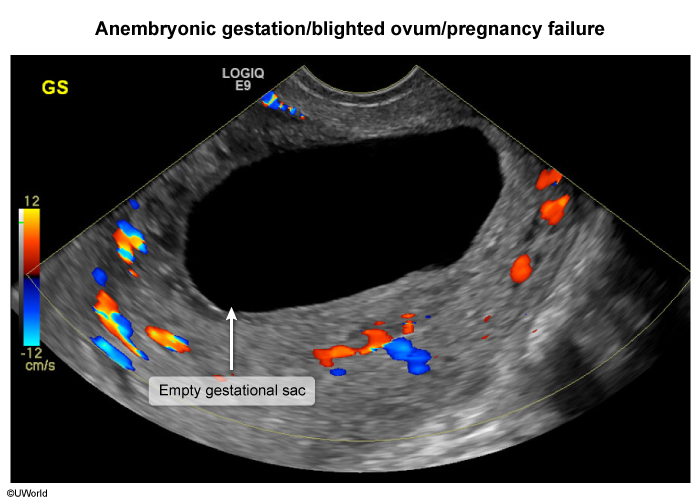Spontaneous Abortion
Article Sections
Introduction
Spontaneous abortion (SAB), or miscarriage, is defined as the loss of a pregnancy at <20 weeks gestation. It occurs in 10%-20% of recognized pregnancies, with the majority happening in the first trimester (ie, early pregnancy loss). SAB exists on a spectrum and is categorized based on presentation, cervical examination, and ultrasonography findings. The condition is often associated with chromosomal abnormalities, but other factors can also contribute.
Pathogenesis and risk factors
The pathogenesis of SAB, a loss of pregnancy at <20 weeks gestation, is usually multifactorial, and a specific cause is not always identified. Etiologies include fetal or maternal factors that interfere with normal implantation, embryonic and fetal development, trophoblast growth, and fetal blood supply.
Fetal factors- Chromosomal abnormalities (most common cause, accounting for up to 70% of cases) can cause early disruption of embryonic development. Therefore, they are more likely to be found in SABs at <10 weeks gestation. Trisomies (especially trisomy 16), monosomy X (Turner syndrome), and triploidies are frequently implicated.
Continue Learning with UWorld
Get the full Spontaneous Abortion article plus rich visuals, real-world cases, and in-depth insights from medical experts, all available through the UWorld Medical Library.
Figures
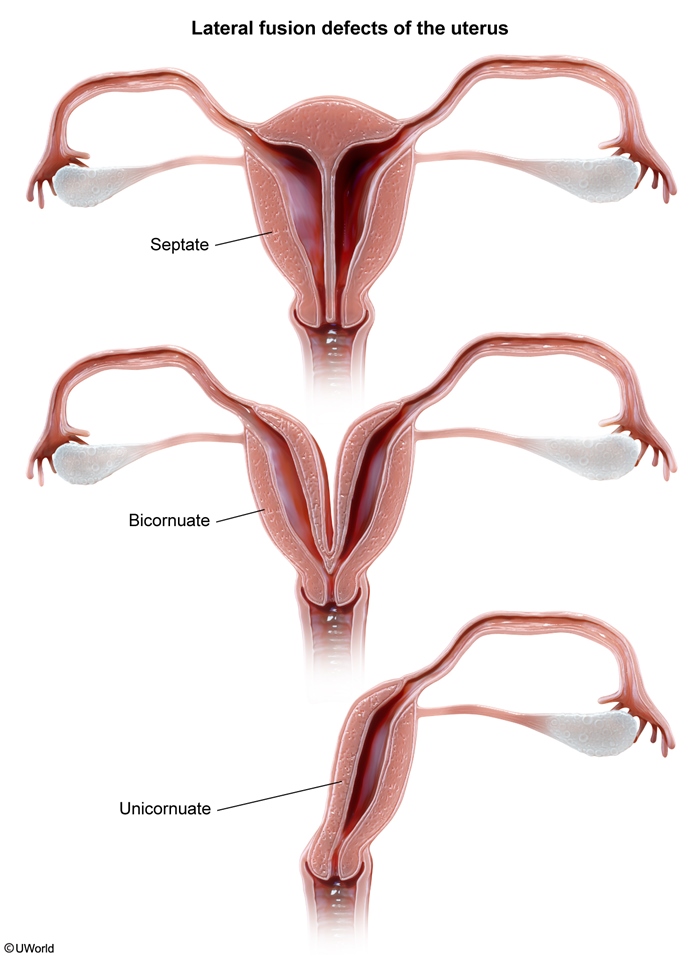
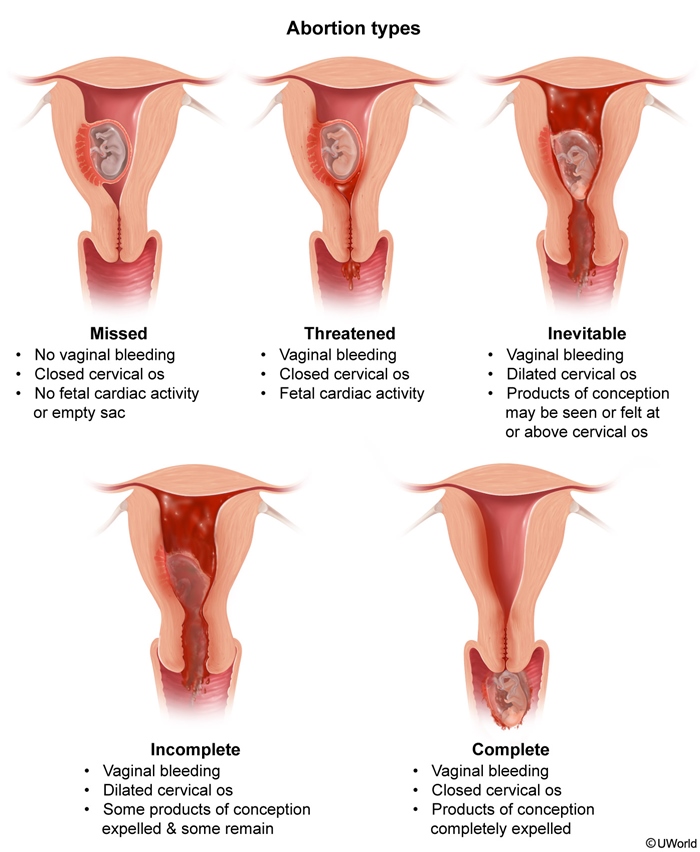
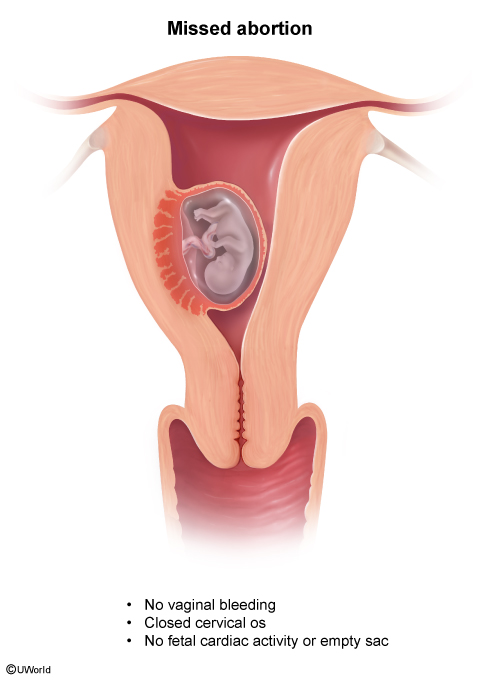
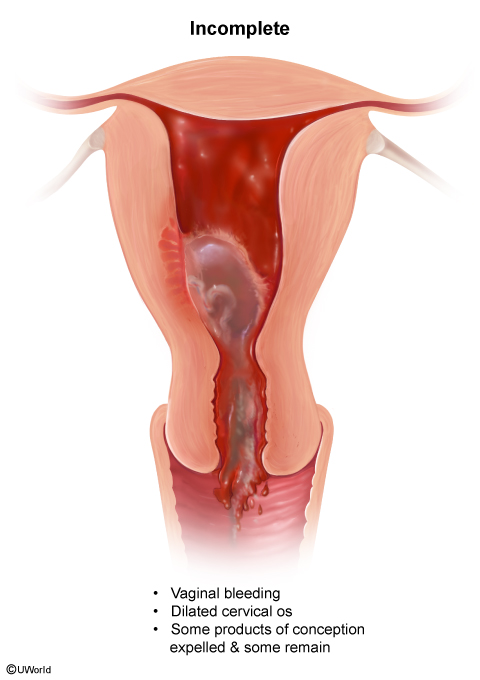
Images
